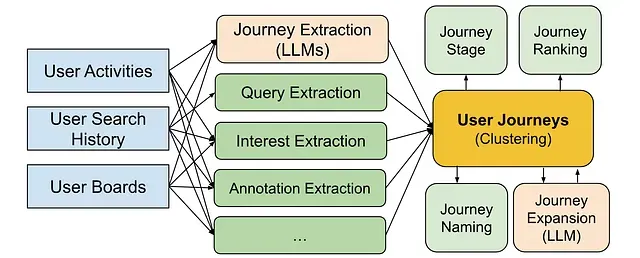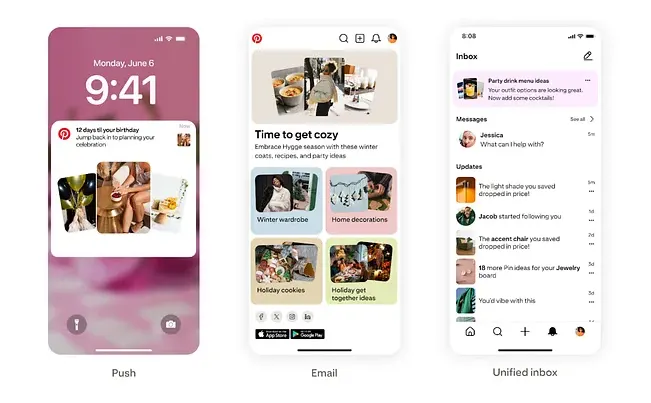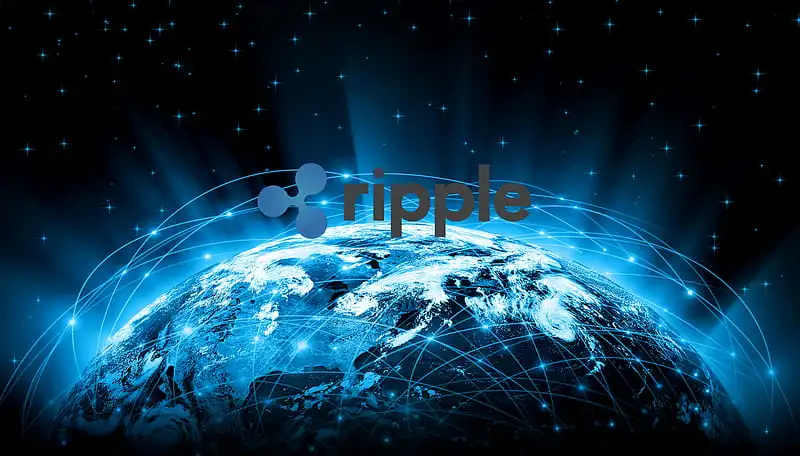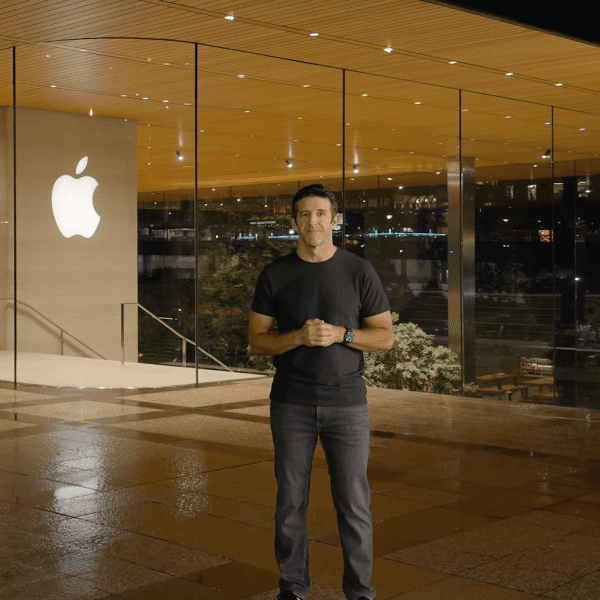Pinterest has outlined its latest approach to content recommendations, which utilizes AI assessment of user behaviors to determine their likely intent in using Pinterest.
The process aims to determine each user’s “journey,” as in what they’re actually looking to achieve through their Pin discovery and action process.
As explained by Pinterest:
“A user journey is a sequence of user-item interactions, often spanning multiple sessions, that centers on a particular interest and reveals a clear intent — such as exploring trends or making a purchase. For example, a journey might involve an interest in ‘summer dresses,’ an intent to ‘learn what’s in style,’ and a context of being ‘ready to buy.’ Users can have multiple, sometimes overlapping, journeys occurring simultaneously as their interests and goals evolve.”
So Pinterest is looking to expand its recommendations beyond related Pins to what each user is likely to be looking for next within each journey, based on other users’ behaviors, as well as the full scope of each person’s activity.
And it’s working. Through this updated recommendations approach, Pinterest has improved email click rate by 88%, while user surveys have shown 23% more positive feedback.
The process essentially utilizes a wider breadth of signals to understand the likely goal of each user, as opposed to more direct recommendations.
“By identifying user journeys, we can move from simple content recommendations to becoming a platform that assists users in achieving their goals, whether it’s planning a wedding, renovating a kitchen, or learning a new skill.”

As you can see in this diagram, the process utilizes a stepped process to better understand the directional intent of each user’s activity, and incorporates AI predictions within the model to map and name common journeys.
The main indicators, as you can see, are:
- User search history: Aggregated queries and timestamps.
- User activity history: Interactions like Pin closeups, repins, and clickthroughs, extract the annotations and interests from the engaged Pins.
- User’s boards: Extract the annotations and interests from the Pins in the user’s boards.
Based on these elements, the system uses clustering to generate keyword clusters, with each cluster being a “journey candidate.”
“We then build specialized models for journey ranking, stage prediction, naming, and expansion. This inference pipeline runs on a streaming system, allowing us to run full inference if there’s algorithm change, or daily incremental inference for recent active users so the journeys respond quickly to a user’s most recent activities.”
So as the users’ behavior changes, the journey prediction model evolves, with LLMs then employed to generate new journey recommendations “based on a user’s past or ongoing journeys.”
That then drives Pinterest’s email push recommendations, prompting users to return to the platform to continue their journeys as predicted by the model.
And that’s led to significant improvements in email response.
It may seem somewhat obvious in some respects, in predicting likely user behavior based on their activity, and mapping that against likely discovery paths. But it’s a significant evolution of predictive models in this respect, as the system looks to anticipate what you’ll want to see next, based on AI analysis of your path.
It’s an interesting development within Pinterest’s broader growth, which shows how platforms can make better use of AI within their predictive models to enhance the user experience.
You can read about Pinterest’s predictive journey modeling here.













